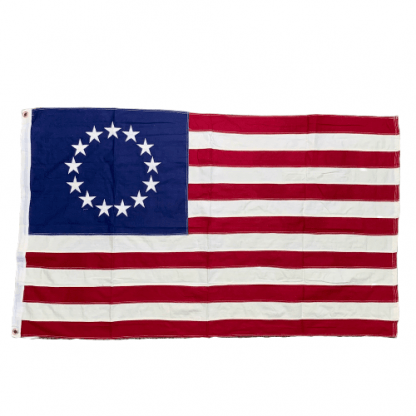Preserving Your Banner’s Integrity and Beauty
Caring for a flag properly is essential to maintaining its integrity and extending its lifespan. Flags, whether representing a country, an organization, or personal sentiment, are exposed to various elements that can affect their condition. Understanding the differences in flag materials and the impact of environmental factors is crucial in flag maintenance.
Different Types of Flags and Their Care
Flags generally come in two main types: printed and sewn. Printed flags are typically made from lightweight polyester or nylon, with the design digitally printed onto the fabric. These flags are often more affordable and are suitable for indoor and outdoor use, but they tend to fade faster when exposed to sunlight. On the other hand, sewn flags are made by stitching together pieces of fabric, usually heavyweight polyester or cotton. These flags are more durable and have a traditional look, making them ideal for official or ceremonial use.
Caring for Printed Flags
- Cleaning: Gently wash printed flags in cold water with a mild detergent. Hand washing is preferable, but you can use a washing machine on a gentle cycle for nylon flags. Avoid harsh chemicals, as they can cause the colors to run or fade.
- Drying: Air-dry the flag by laying it flat or hanging it. Avoid using a dryer as the heat can damage the fabric or cause shrinkage.
- Storage: Store the flag in a cool, dry place. Fold it neatly or roll it to prevent creases and wrinkles. Avoid storing in plastic bags, as moisture can lead to mildew.
Caring for Sewn Flags
- Cleaning: Wash sewn flags with care. If made of cotton, use cold water to prevent shrinkage and color fading. For polyester flags, warm water is acceptable. Gentle hand washing is best, although machine washing on a delicate setting can be done for durable materials.
- Drying and Ironing: Air drying is recommended. If you must iron a cotton flag, use a low heat setting to avoid scorching. Polyester flags should only be ironed with a cloth barrier between the iron and the flag to prevent melting or damage.
- Storage: Similar to printed flags, store sewn flags in a cool, dry environment. Rolling is preferable to folding to minimize creases.
Dealing with the Elements
The sun, rain, and general weather conditions inevitably impact a flag’s condition. Continuous exposure to sunlight leads to fading, while rain and humidity can cause mold and mildew. Here are some tips to mitigate these effects:
- Limit Sun Exposure: While we use the best dyes in our flag making process, to reduce fading and sun damage, only display on special days.
- Keep it Dry: Take down your flag in inclement weather, especially heavy rain or snow, to prolong its life.
- Regular Inspection: Regularly check your flag for signs of wear and tear. Look for fading, fraying, or damage to the fabric or seams.
Accepting the Inevitable
It’s important to accept that no flag lasts forever, even the highest quality ones. Regular care and maintenance will extend a flag’s life, but the natural wear from the elements and usage will eventually take its toll. When a flag becomes overly worn or tattered, it’s time to replace it. Retire your flag respectfully and consider purchasing a new one to continue displaying your pride or sentiment.
The care of a flag depends largely on its material and the conditions it’s exposed to. By understanding these factors and following proper maintenance guidelines, you can ensure that your flag remains a dignified symbol, full of color and significance, for as long as possible. Remember, a well-cared-for flag not only looks better but also serves as a respectful representation of what it stands for.
You may also enjoy reading: How Long Do flags Last?


